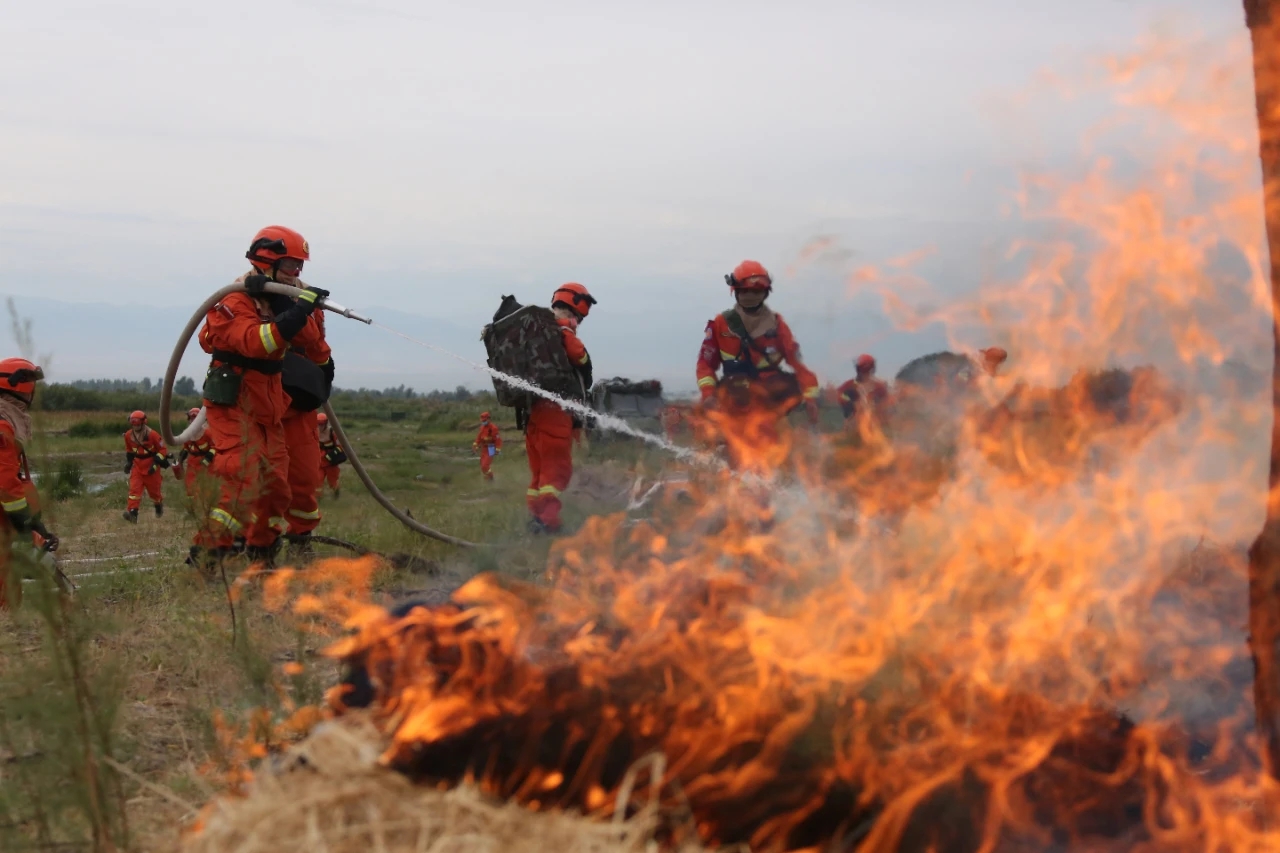(1) Ignition and clearance
In the absence of rivers, streams, roads, and time permitting, use an igniter to light downwind fire, fire extinguishers and fire into the fire to avoid the fire, and dig out the wet soil with hands, breathe close to the wet soil or cover your nose with a wet towel to prevent carbon monoxide poisoning.
(2) forced against the wind rushed over the fire line
When the ignition or other conditions are not available, avoid running downwind, to choose the fire or sparse weeds, flat terrain, covered with clothes head, fast wind rushed over the fire line, into the fire can safely escape.
Lie down to avoid smoke (fire)
When it is too late to fire the siege and there is a river (ditch), no vegetation or a flat windward area with few vegetation nearby, cover your head with wet clothes with water, put your hands on your chest, and lie down to avoid smoke (fire).Lie down to avoid smoke (fire), in order to prevent smoke choking faint asphyxiation, to cover the mouth and nose with wet hair, and pick a pit, close to the wet soil breathing, can avoid smoke harm.
Principles of forest fire fighting
(1) The disabled, pregnant women and children shall not be mobilized to fight forest fires.
(2) Fire fighting personnel must receive fire fighting safety training.
(3) Observe the discipline of the fire site, obey the unified command and dispatch, and do not act alone.
(4) Keep in touch with each other at all times.
(5) Members of the fire fighting team shall be equipped with necessary equipment, such as helmets, fire-fighting clothing, fire-fighting gloves, fire-fighting boots and fire-fighting equipment.
(6) Pay close attention to the weather changes of the fire site, especially pay attention to the weather conditions in the afternoon when forest fire casualties occur high.
(7) Pay close attention to the type and flammable degree of combustibles on the fire site, and avoid entering the flammable area
Post time: Mar-03-2021

